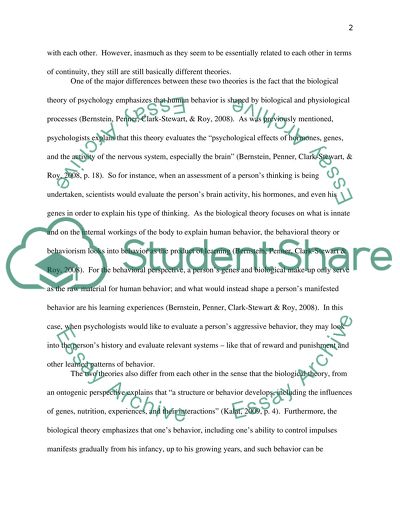Cite this document
(The Biological versus Behavioral Theory Case Study - 2, n.d.)
The Biological versus Behavioral Theory Case Study - 2. Retrieved from https://studentshare.org/psychology/1565006-introduction-to-psychology
The Biological versus Behavioral Theory Case Study - 2. Retrieved from https://studentshare.org/psychology/1565006-introduction-to-psychology
(The Biological Versus Behavioral Theory Case Study - 2)
The Biological Versus Behavioral Theory Case Study - 2. https://studentshare.org/psychology/1565006-introduction-to-psychology.
The Biological Versus Behavioral Theory Case Study - 2. https://studentshare.org/psychology/1565006-introduction-to-psychology.
“The Biological Versus Behavioral Theory Case Study - 2”, n.d. https://studentshare.org/psychology/1565006-introduction-to-psychology.


